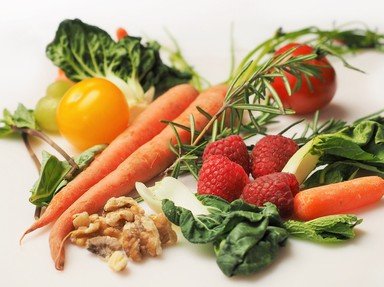Quiz Answer Key and Fun Facts
1. People with hyperuricemia (high levels of uric acid in the blood) are prescribed a low-purine diet or a purine-free diet because of the inability to metabolize and excrete purines. Which of these foods is high in purines?
2. An individual with hypertension must be instructed to read labels of food products to determine sodium content.
3. Mr. WWW is diagnosed with ___________. He was instructed to follow a gluten-free diet.
4. A fat-controlled diet is needed by Ms. YYY who developed a gastric dumping syndrome after having a surgery that removed part of her stomach.
5. A clear liquid diet is usually started the day after surgery. It is a diet of fluids with minimal residues. Which of the following is the additional definition of clear liquid diet?
6. The full liquid diet is not to be confused with the clear liquid diet. A full liquid diet is used as a transition between the clear liquid diet and solid foods.
7. Which of these individuals needs fluid restriction?
8. These foods have become points of controversy regarding the diet for people with diverticular disease.
9. The following are advised to follow a low-residue diet or low-fiber diet except:
10. A high-protein diet assists with tissue repair and raises the level of blood albumin. Who benefits from this diet?
Source: Author
Ate_May
This quiz was reviewed by FunTrivia editor
crisw before going online.
Any errors found in FunTrivia content are routinely corrected through our feedback system.


